स्वतंत्रता दिवस और महीना उत्सव
Independence Day & Month Celebration
74th Independence Day Virtual Celebrations at K V Thiruvannamalai
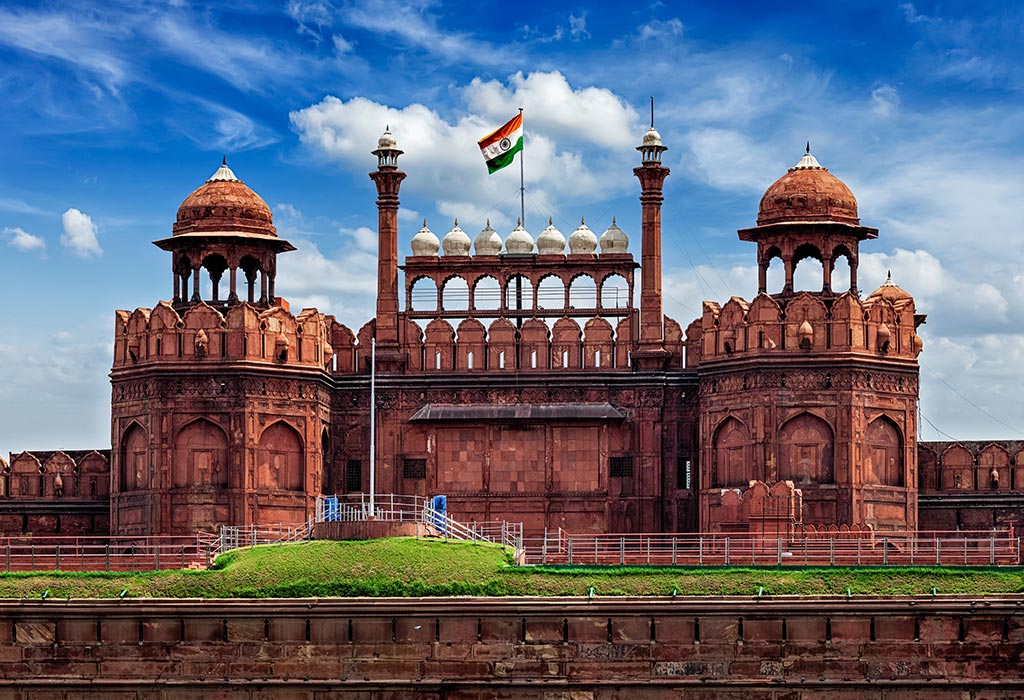
Library, KV Thiruvannamalai wishes Happy 74 th Independence day to all the Dear Students, Parents and Teachers. This Independence Month Library, KV Thiruvannamalai brings you many exiting Activities and competitions to fulfill this month with joy, while learning. So, Lets begin and make it a memorable day.
बच्चों के लिए स्वतंत्रता दिवस की गतिविधियाँ
Independence Day Activities for Kids
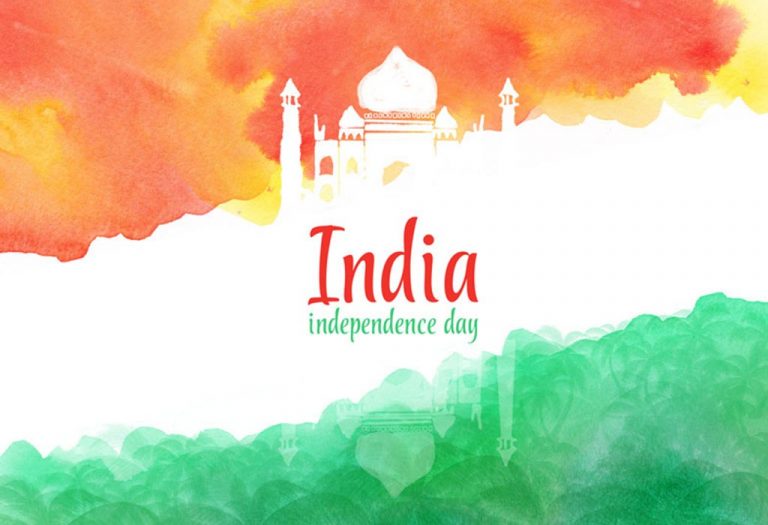
We all feel proud to be Indians, and it is equally important that such feelings are instilled in the future generation too. One of the best ways to do so is by telling the kids about the importance of Independence Day. Parents can plan various activities for children on Independence Day which will help the kids to understand the importance of it in a better way. If you are thinking about how you can ignite the patriotic fervour in your kids, you are at the right place. In the following article, we shall discuss various activities that you can plan for kids of the various age groups to explain to them the importance of our Independence Day.
Top 10 Independence Day Activities for Kids
Indian Independence Day Activities for Children
Here are some interesting activities for kids that they can actively participate in and understand the importance of Independence Day:
1. Flag Hoisting
Independence Day celebrations are incomplete without hoisting the tricolour. Almost everywhere in the country, flag-hoisting takes places on Independence Day, especially at government organisations, historical monuments, schools and colleges. You can take your kid with you at any of these places and participate in the celebrations. People will also recite National anthem and thus it will be a good idea to help your kid memorise the same beforehand.
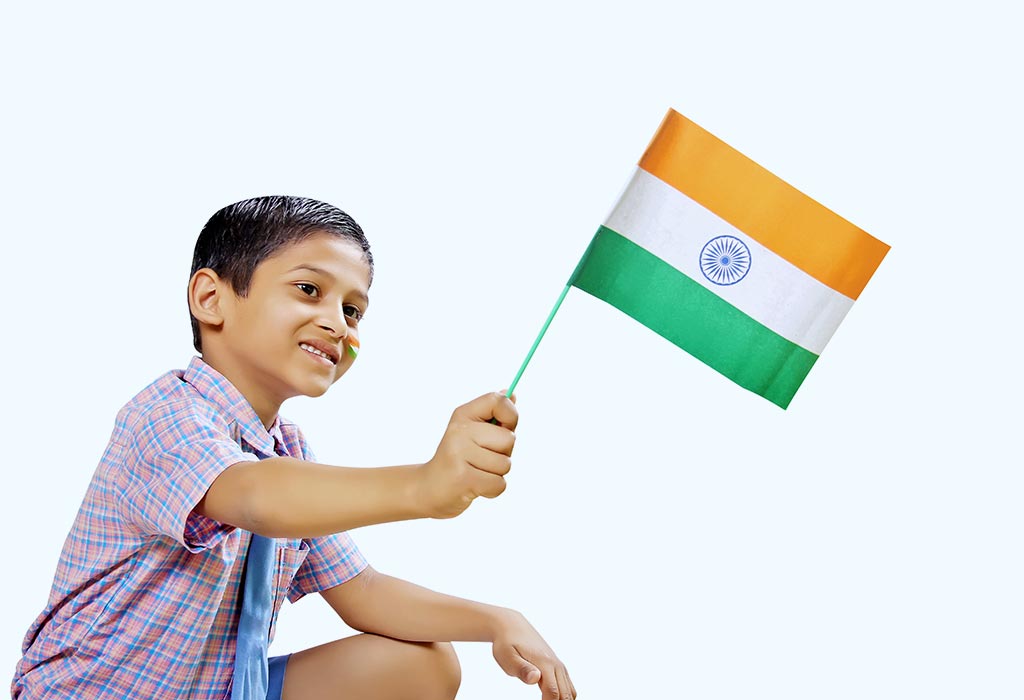
2. Help Organise Plays or Skits
This is a very good option for older kids. You can plan and make your own script or enact any famous incident that exhibits patriotic feelings. The younger kids will also benefit from this as they will watch and learn from the older children. Making children involved in such kind of activity gives them a closer view of our history and it helps them to understand what various freedom fighters have done for the country.
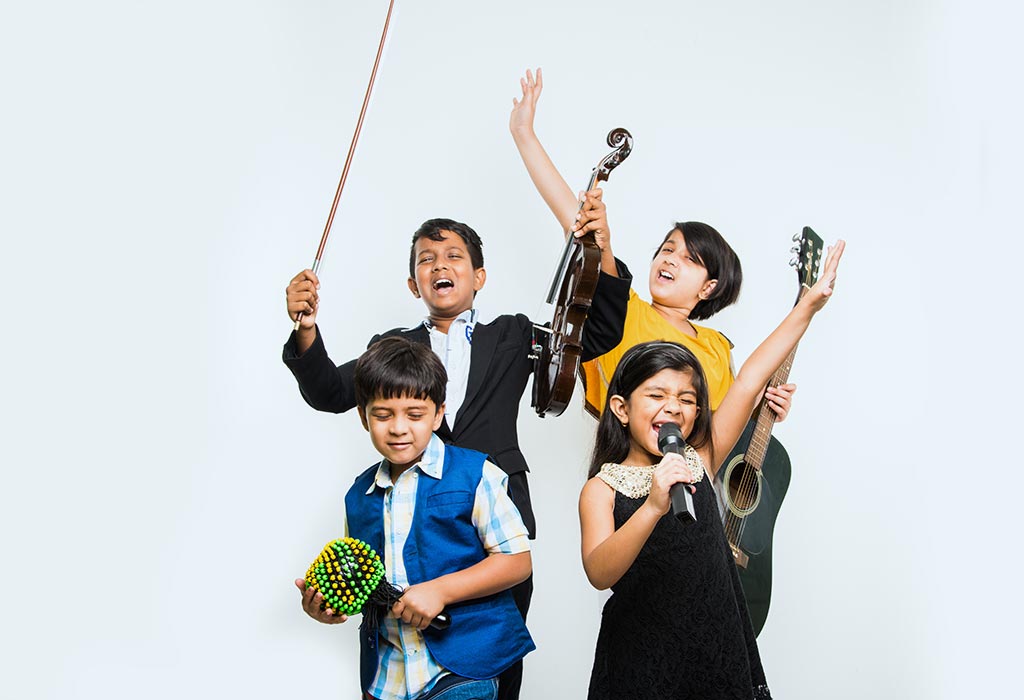
3. Dance and Song Competition
Apart from the skit, kids can also take part in patriotic group dance and song. They can hold various props or even dress up in tricolour clothes for a better impact. This is one of the most interesting Independence Day activities for preschool kids too. Young children love to sing and dance, and this way they will know the importance of Independence Day too.
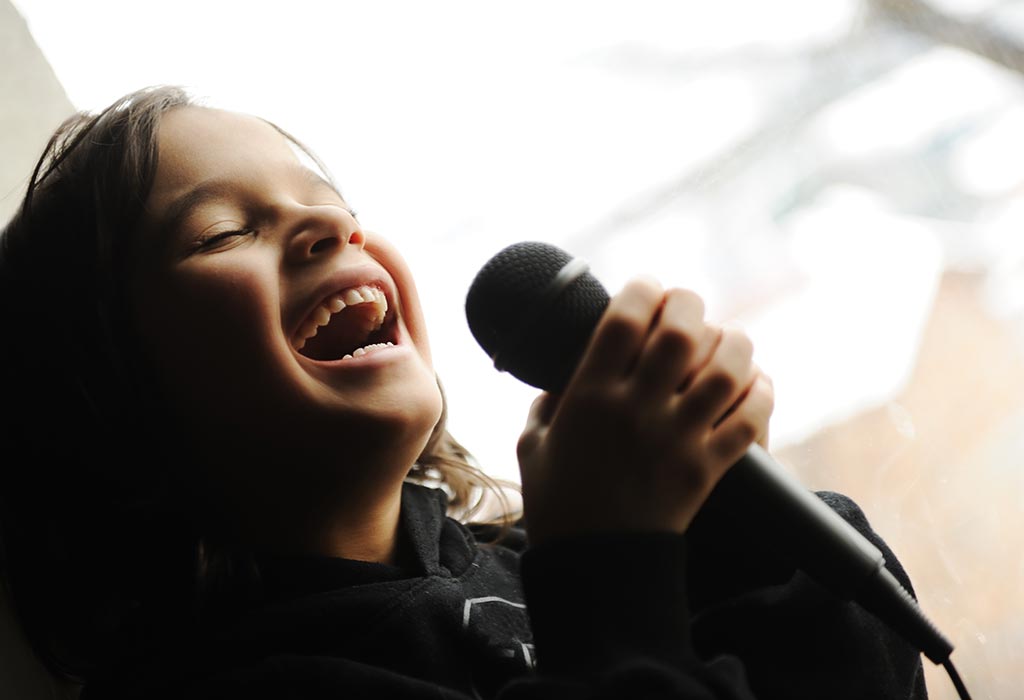
4. Independence Day Theme Party
Theme party is a great idea to teach kids about Independence Day. Kids can come dressed up as freedom fighters or national leaders. The menu of the party can include tri-colour food items like tri-colour pasta, sandwiches and salads etc. You can also plan the decor in a similar manner. Plan for various theme-based party games and hand out the national flag as gifts to the winners.
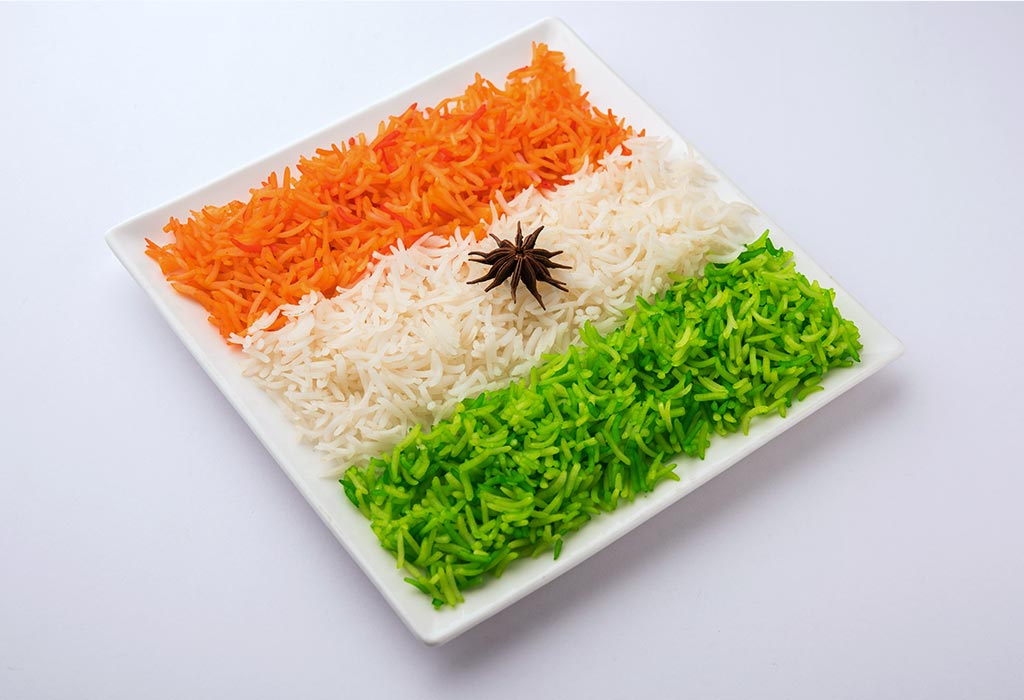
5. Fancy Dress Competition
This is one of the most fun Indian Independence Day activities for kindergarten and preschoolers. The children can come dressed up in traditional dresses from across the country. You can organise this activity in your housing society or with your friends. Choose three to four winners too.
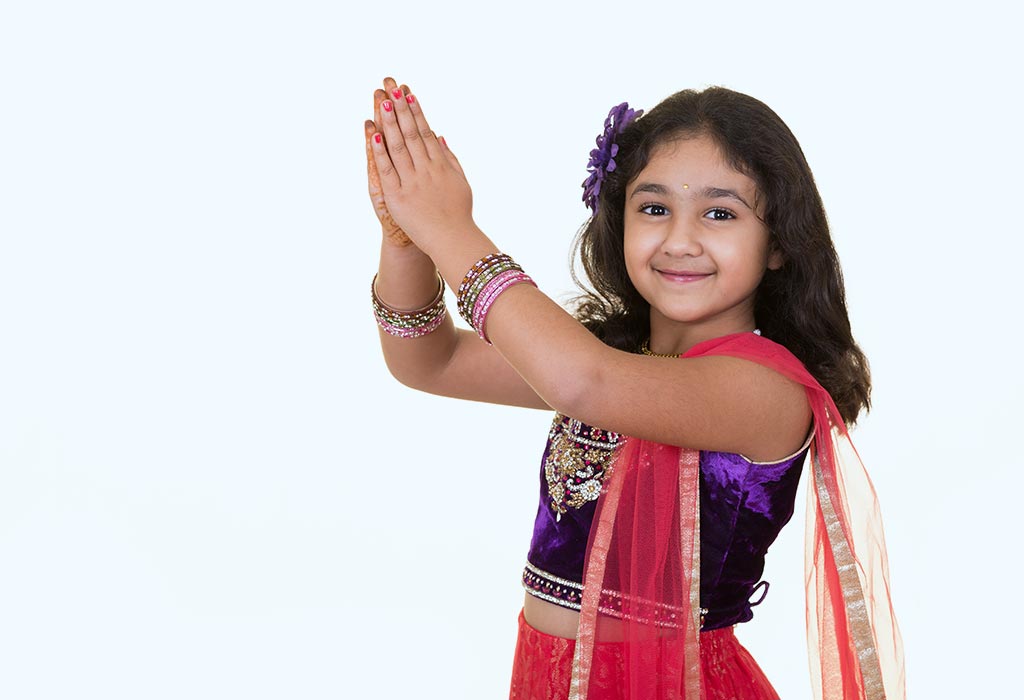
6. Patriotic Movies
Movies leave a big impact on everyone and thus one of the ways to teach the importance of Independence Day to the kids by showing them patriotic movies. You can plan a family movie time and watch it together with your kids. You can also discuss what you kid understands from the movie after you finish watching.
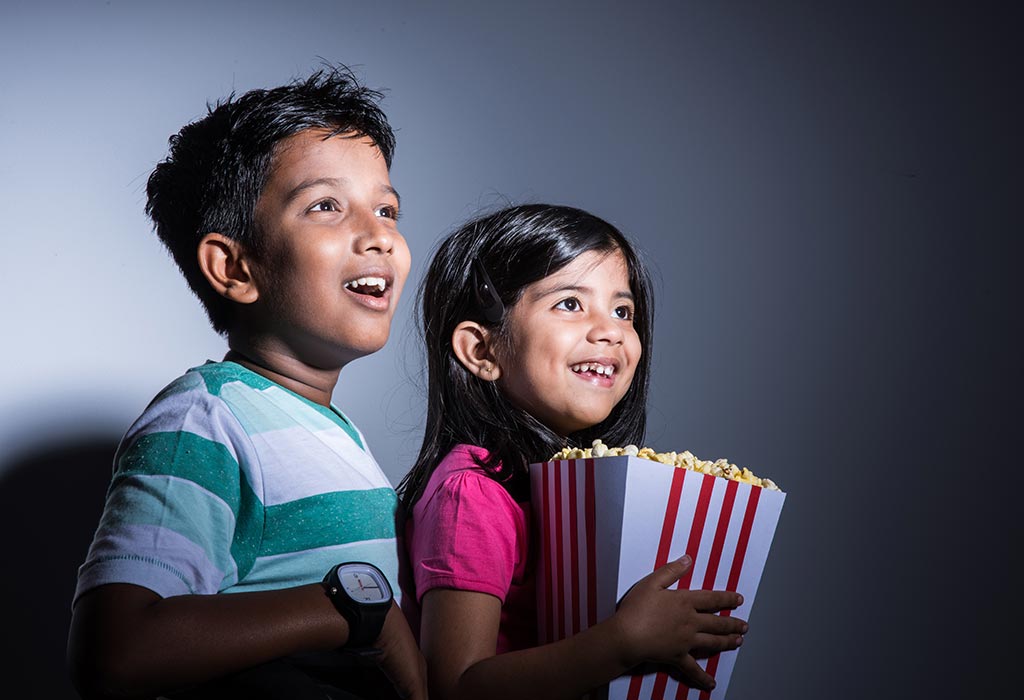
7. Buy Books
Books are mans best friends and kids too. If your kid enjoys listening to stories or your kid is an avid reader, you can have a bookstore tour with your kid on Independence Day. Let your kid browse through the various books on the subject and let him pick a few of his choice. You can buy books related to the freedom struggle, about freedom fighters or other important national leaders. You can come home and read these books together with your kid.
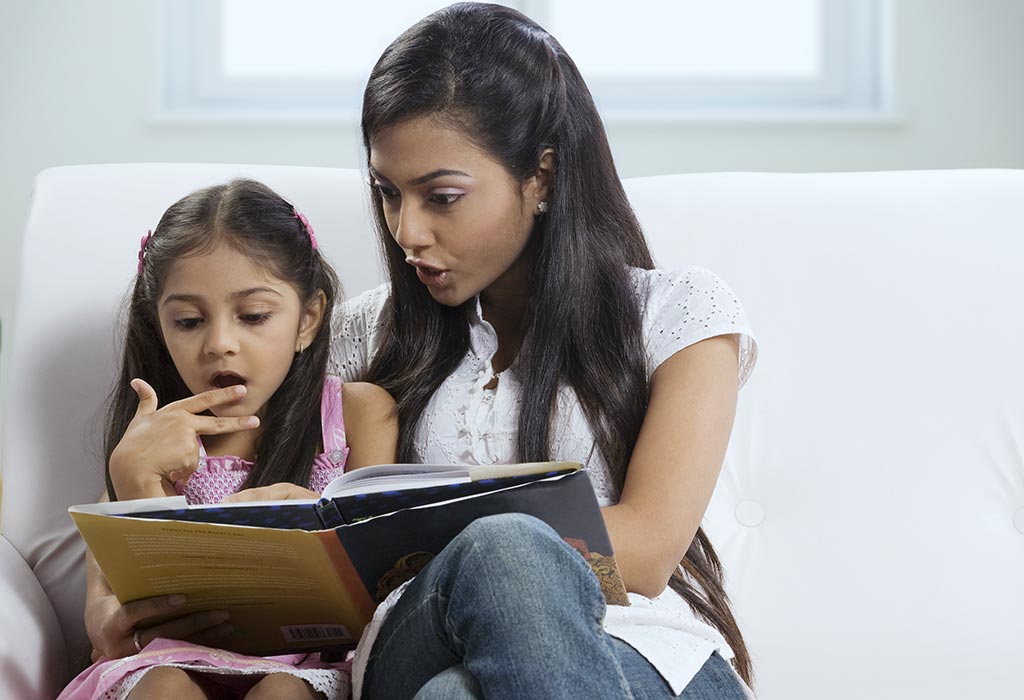
8. Take Your Kid for Historical Walk
You can find out various historical places in your city and plan a trip with your kid. Also, find out if any of the historical places in your city has a link to independence. If your child is allowed to browse the internet independently, you can ask him to find important information about that historical place before your visit. You can ask your kid to come back and make notes of what he saw and learnt about that place.
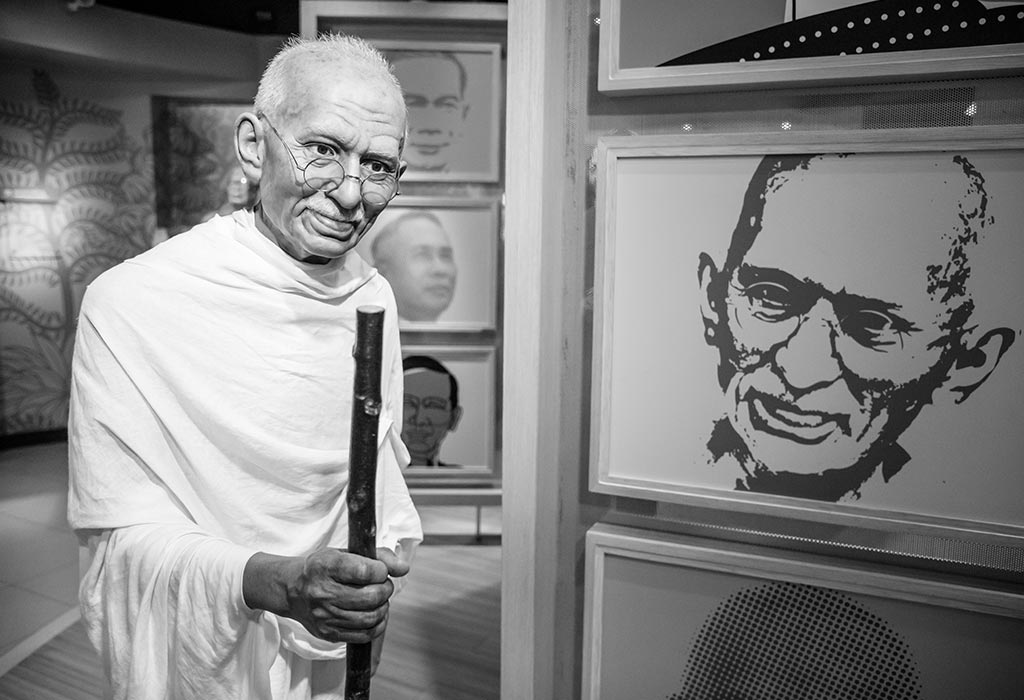
9. Drawing and Painting Competition
Kids of all age groups enjoy anything that involves drawing and painting. You can organise such competition on Independence Day too. To lay emphasis on the importance of Independence Day keep the topics that revolve around sovereignty and freedom. It is an absolute delight to see the young minds express their feelings through colours. You can display all the paintings on a display board and give prizes to the best three paintings.
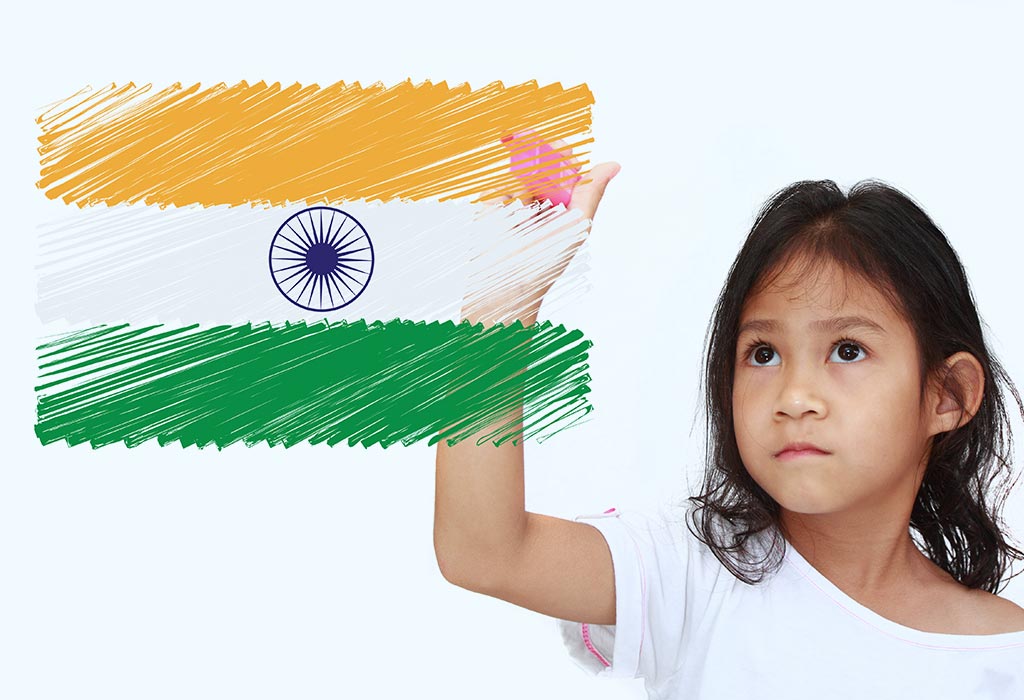
10. Organise Independence Day Quiz
For a kid, one of the best ways to gain knowledge about something is to prepare for a quiz on the same topic. You can organise quiz competition for children and remember to keep the theme centred around Independence Day only. If you wish to add some current topics, you may do that too. You can organise the quiz in a common area and ask other children to come and join too. You can throw some questions for the audience also as it would keep them involves too.
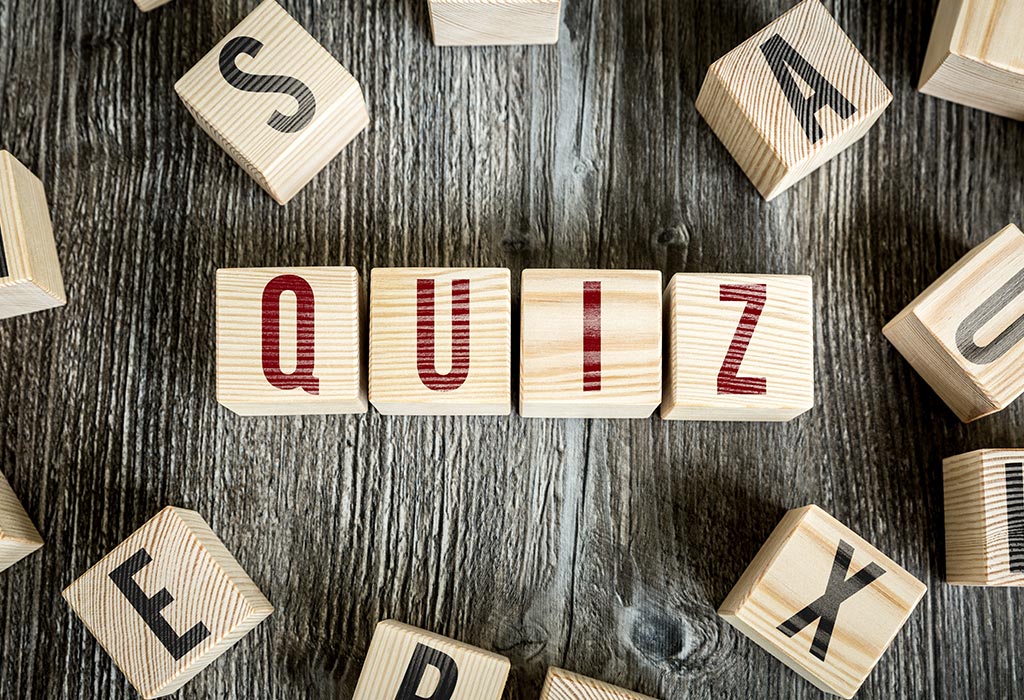
India celebrates its independence day on August 15 every year. Independence day is celebrated with much fervour and enthusiasm across the country. People of different ethnicities, religion, caste and gender unite in celebration. But kids of this generation don’t know how India achieved independence – there is so much that your kids can learn about India’s struggle for independence. Read this article to know some interesting facts about Indian Independence day that your kids can learn.
When and Why Do We Celebrate Independence Day?
Indian people were done with the British rule and so they decided in 1929 to demand full independence from the British on 26th January 1930. However, the British did not agree to this and went on to rule India until 15th August 1947.
On July 18, 1947, the British had passed a law that stated that on 15th August 1947, India would become an independent country and would cease to be a part of the British Empire. Thus, India gained its freedom on the latter date, and since then, every 15th August is celebrated as India’s Independence Day. It must be noted that the date of 26th January was still remembered and later became the date when India became a republic nation in 1950.
Independence Day is celebrated in remembrance of the sacrifices that our leaders made so that we could live as free citizens and as the masters of our own destiny.
History of Independence Day of India
The British came as traders to India in the 1600’s and were allowed trading rights by the powerful Indian Emperor Jehangir. India was then ruled by the Mughals who were too powerful for the British. It is only later when the Mughal empire disintegrated that the British began to conquer small parts of India. Starting with the battle of Plassey in 1757, the British began expanding rapidly throughout India till 1857.
In 1857, the Indians were fed up of the British, and there was a massive uprising throughout Northern India where Indian leaders of different backgrounds fought against the British. It is famously known as the first battle of Independence, and the British stopped expanding to other territories within India after this.
The British went on to rule India despite the freedom movement. The struggle for freedom brought the nation together. Mahatma Gandhi, the father of the nation, started many movements to force the British to leave India. By 1945, the British economy was destroyed because of World War 2, and they knew it was only a matter of time before they leave. However, on this happy day, there was also the tragedy of partition where India was divided into India and Pakistan.
How Is 15th August Celebrated in India by Children?
Independence Day is celebrated with great pomp throughout the country. Independence Day is a national holiday in India. But in schools, celebrations usually take place for an hour or two. In schools, children celebrate India’s Independence Day by singing patriotic songs, reciting speeches, and dancing on patriotic songs. Songs such as Hum Sab Bhartiya Hain, Vande Mataram, Hum Honge Kamiyab are sung on this Day. The Indian flag is unfurled, kids sing the national anthem. Sweets are distributed in the end. On the 15th of August, the Indian flag is seen in the hand of every child. Kids even ride their cycle around the neighbourhood with the Indian flag majestically fluttering as the cycle picks up speed.
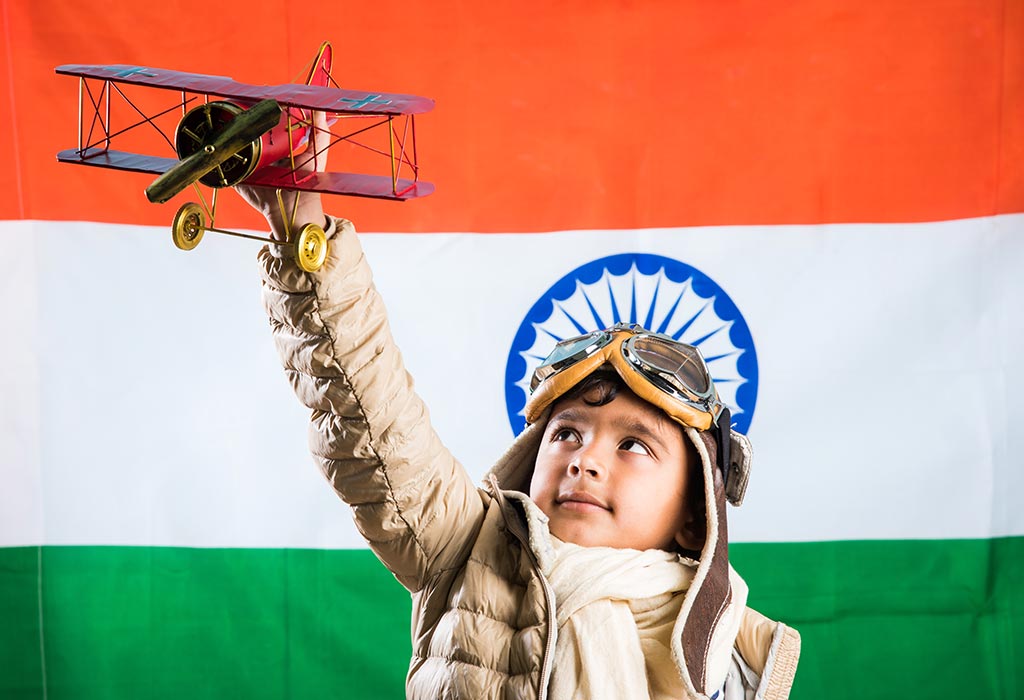
Interesting Facts About Indian Independence Day
Here are some interesting facts about India’s Independence Day that you can tell your kids.
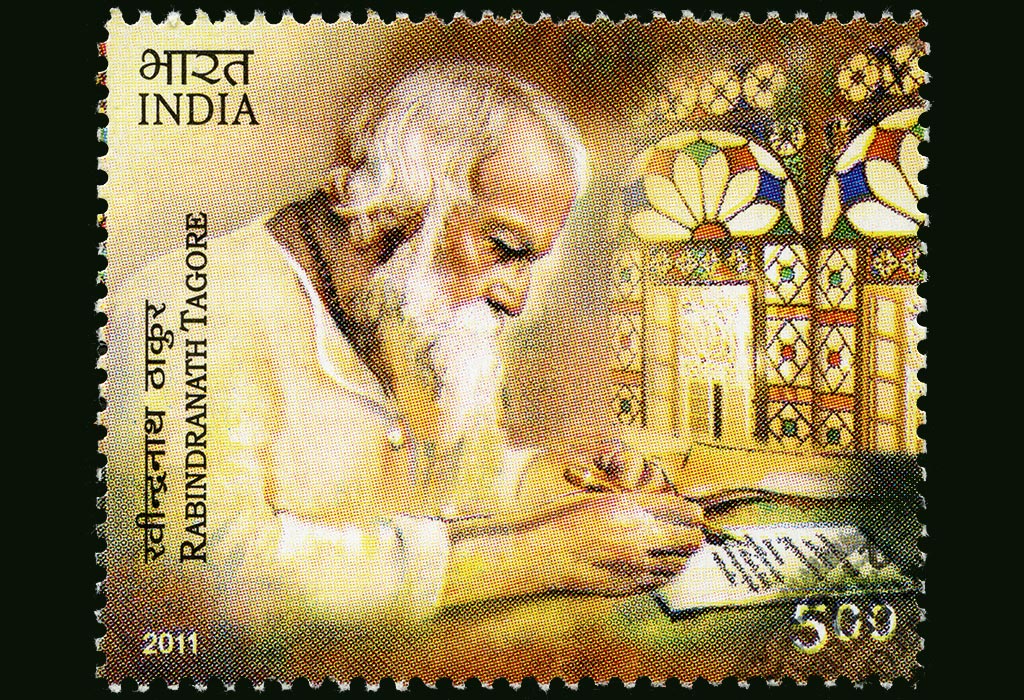 When India became independent, it had no national anthem. ‘Jana Gana Mana’ by Rabindranath Tagore, which was first sung in 1911 was declared the national anthem of India in the year 1950.
When India became independent, it had no national anthem. ‘Jana Gana Mana’ by Rabindranath Tagore, which was first sung in 1911 was declared the national anthem of India in the year 1950.
When India became independent, it did not have a prime minister, president or even a government. All of this happened only much later when India became a republic nation. During the time of independence, the Governor General was the most important and powerful person in India.
Many parts of India were in fact, different kingdoms during independence. It has been recorded that when India became independent, there were as many as 565 princely states or kingdoms. All of that changed quickly as Sardar Vallabhai Patel, and other leaders used different strategies to incorporate these kingdoms into India. Jammu and Kashmir, Hyderabad, Mysore and Travancore were just some of the big kingdoms that became a part of India after Independence.
India is not the only country that celebrates Independence Day on 15th August. There are others that share the same day as their Independence Day. However, these countries became independent in different years. These countries are Bahrain, North Korea, Congo, Liechtenstein and South Korea.
Goa was a Portuguese colony even after Independence and only became a part of India in 1961.
Officially, the celebration of Independence Day by the Government of India takes place at the Red Fort in New Delhi. Here, the Prime Minister gives a speech to the nation.

The Independence of India also brought about the partition of the country on religious lines. Many people from the Hindu and Muslim community were killed due to the communal tension and hatred, which became prominent during this time. Many have gone on to say that it resulted in the largest human migration in history. However, it must also be remembered that during these tough times, many people risked their lives to save their neighbours from the opposite community.
Mahatma Gandhi, the father of the nation, did not take part in the first Independence Day celebration. He went on a hunger strike so that people stop killing each other due to partition.
The job of carving out the borders of Independent India was given to a man called Cyril John Radcliffe. The irony is that he had never been to India and had been given the challenging task of its division. He was so hurt by the destruction it caused that he refused his salary of 40,000 INR which was a big amount in those days.
Not many people know these facts about Indian Independence Day. Tell these to your child so that he can learn about his country’s struggle for independence and respect the nation.
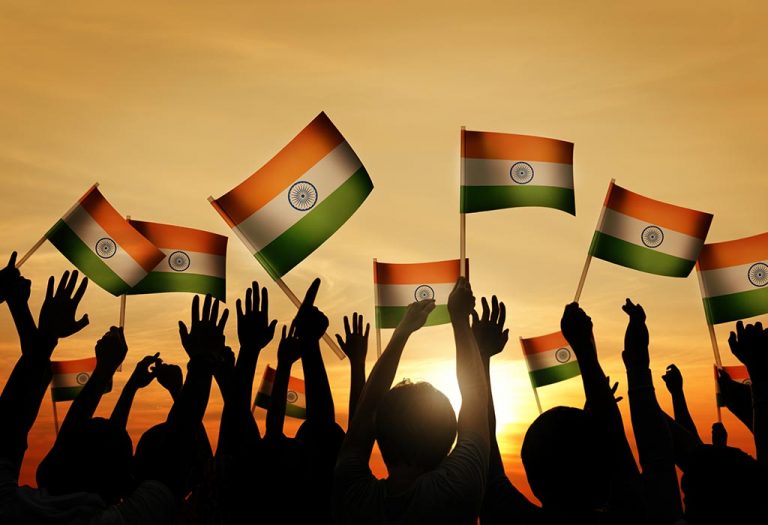
A flag is a symbol of a nation’s identity, it often symbolizes the culture, tradition and spirit of the citizens of the country. The flag is also a symbol of pride; it is what numerous athletes dream to represent, soldiers lay down their lives for and people strive to honour. The flag of a country, in short, represents the country and its people. This article delves into the ideals that are represented by the flag and other such Indian flag information for children.
Video: Indian National Flag Facts for Kids
History of the Indian Flag
The Indian national flag in its current incarnation was only adopted by the nation on 22 Jul 1947, this was when the constituent assembly of the then Dominion of India elected to have the flag in its current form – the tricolour as the national flag, this flag was designed by Mr Pingali Venkayya. On 15 Aug 1947, this flag was then elected by the same body to represent the Republic of India as its national flag. The flag itself was based off the Indian National Congress flag and is known to represent the national identity on numerous levels including communities, religions, ideals and philosophies. This form of the flag was predated by numerous other flags. The first flag known to have represented the nation as a whole was the Sister Nivedita flag which was created in 1906 by an Irish disciple of Swami Vivekananda. It took nine periods of evolution before the current flag became the representation of the nation as a whole.
Evolution of the Indian National Flag
The flag has constantly been evolving from the year 1906, when the first flag that represented a true and free nation of India came to the notice of the local communities, designed by an Irish disciple of Swami Vivekananda known as Nivedita, this flag had the colors red and yellow on it with the symbol of a “Vajra” or holy weapon. This represented the beginning of the freedom struggle, in fact, the red in the flag represents the freedom struggle, the yellow symbolized victory and the Vajra represented holy guidance.
The second evolution of the flag came in 1907, had particular importance to the history of the national flag, this is when the concept of the tricolour was introduced, this flag had three equal bands of three different colours – Green, Yellow and Red. The green strip had numerous stars etched onto it, the bottom red one had a symbol of the sun and a crescent moon.
In 1916, a geophysicist and writer named Pingali Venkayya designed the first flag that intended to bring the nation together, this flag was the beginning of the evolution of the flags to what it is today. Mr Venkayya redesigned the flag numerous times, eventually leading to the tricolour with the Khadi wheel in the centre. A final evolution of the flag came in the year 1947 after Gandhi requested that all communities be represented equally by the flag.
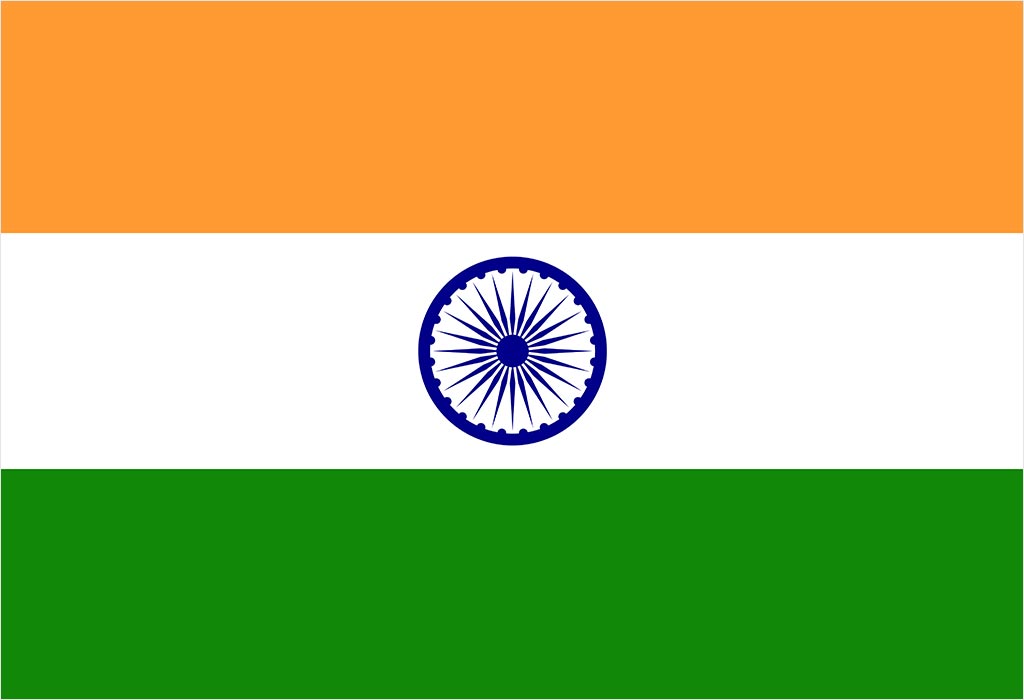
What Does Indian Flag Signify?
The flag is always made from Khadi which was used as a way to remind Indians to always remain self-sustaining. An important philosophy of the flag is the representation of different faiths. The saffron colour represents Hinduism, Jainism, and Buddhism. The green represents Islam and the white represents Christianity. However, at the centre is the Chakra which means that above our faiths lie the path of righteousness and tolerance.
Code of Conduct for Hoisting Indian Flag
On Republic Day of India in 2002, the Flag Code was modified so that common people could hoist the Indian flag on any day of the year. Before this, the flag could be hoisted only on days of national importance. As long as you stick to the principles detailed out by the Flag code, anyone can hoist the country’s flag. Here are some guidelines that you must keep in mind:
*Educational institutes are allowed to hoist the flag along with a pledge of allegiance in order to inspire the students.
*The flag cannot be used in draping cloth.
*The flag must be flown from sunrise to sunset regardless of the weather.
*The flag must not touch the ground.
*No other object can be placed higher than the flag.
*The flag cannot be draped on any sort of vehicle.
Other Interesting Facts about Indian Flag
Here are some more interesting facts about the Indian national flag.
*The sole manufacturing rights for the flag is held by the Karnataka Khadi Gramodyoga Samyukta Sangh of Hubli.
*The cloth for the flag has to be made from khadi. Any other material could result in a prison sentence of three years.
*The dimensions of the Indian flag have to be in the ratio of 2:3.
*The Ashok Chakra must have 24 spokes and has to be navy blue in colour.
*The Indian flag was hoisted on Mt. Everest on 29rd May 1953.
On 22nd August 1922, the Indian flag was first hoisted on foreign soil in Stuttgart, Germany.
*The Indian flag flew into outer space in 1984 with Wing Commander Rakesh Sharma who was the first Indian to travel to space.
*The largest human flag was the Indian flag made by over 50,000 volunteers in Chennai in 2014.
*The tricolour of the Indian national flag also represents the major religions in the nation, Saffron represents Hinduism, White represents minority religions and Green represents Islam, the Ashoka Chakra is supposed to symbolize harmony amongst all religions and as such harmony as a nation in equal measure.
*The first time any national flag was hoisted was during the infancy of the freedom movement on August 7, 1906, it was Nivedita’s flag which was considered the first national flag.
*The national flag is a serious symbol within the nation of India, as such, it cannot be manufactured by anyone, any company or agency that manufactures the flag cannot do so solely for the purpose of profit or for any actions that are considered non-patriotic. This is one of the reasons why there is only one authorized Indian flag manufacturer – The Karnataka Khadi Gramodyoga Samyukta Sangh. To manufacture the flag, you must first gain the permission and licenses issued by the BIS also known as the Bureau of Indian Standards. While the flag is a symbol of patriotism, it is also a great unifying symbol for harmony and unity, this is what the nation was founded upon and it is what the citizens of the country stand for, a united and better country for everyone, this is why the Flag is raised at full mast unless someone of great significance passes away or a great tragedy occurs. In the case of the latter scenario, the flag can be flown at half-mast. The flag is hoisted on a regular basis but it has a special significance when hoisted at the election of a new or returning government or president. It also is an emotionally significant moment for the country when it is hoisted on both Independence day and Republic day, these two days represent the struggle against oppression and the victory against those who sought to enslave others.
Independence Day Speech for Kids – Preparation Tips

On the occasion of Independence Day, some schools take special efforts for children to know and learn about our independence struggle against British Colonial Rule. As a nation, India had to overcome some great obstacles and challenges to win its independence. The sacrifices and the suffering of the earlier generations are difficult to understand for those born in an Independent India. Parents, teachers and the elderly rightly believe that the lessons of colonialism should not be forgotten and the value of independence be cherished by the coming generations. Children should not only learn about our independence movement but also speak about its importance amongst their peers.
Many schools ask students to prepare a speech on this special day. In this article, we will look at all the aspects of preparing a suitable speech to commemorate Independence Day. This article, will cover all the essential aspects and provide valuable tips and insights to prepare an Independence Day speech in English for kids.
How to Prepare an Independence Day Speech
It can be a task to write a great speech and an even bigger task to deliver it. While helping your child prepare for an Independence Day speech for children in English, here are a few things you can keep in mind.
1. Know the History
India’s independence struggle is unique as compared to the independence struggle of other nations. India’s independence struggle was not only political but had facets of ideology and spirituality. For example, the non-violence philosophy initiated by Mahatma Gandhi. Your child should know and understand the history of the independence struggle, its trials, tribulations, sufferings, and sacrifices before you help him prepare a 15th August speech in English for children.
2. Help the Child With Facts
Those who participated in the freedom struggle dreamed of a great nation with values that guaranteed equal rights to its citizens. Much of these ideas were based on modern western democratic values. Western nations had a functional modern democratic form of governance, which gave their citizens a lot of liberty and guaranteed them fundamental right. These same nations that spoke of inclusive governance colonised and subjugated the people of other nations. Our founding fathers, some of whom themselves had studied and lived in those nations, demanded the same for the people of India. Your child should be familiar with such ideals and aspirations. Additionally, your child should also be equipped with facts and know basic things like the meaning of the national anthem, colours of the national flag, and national emblem; all of this will assist in making a good speech that has both, an emotional resonance and is informative at the same time.
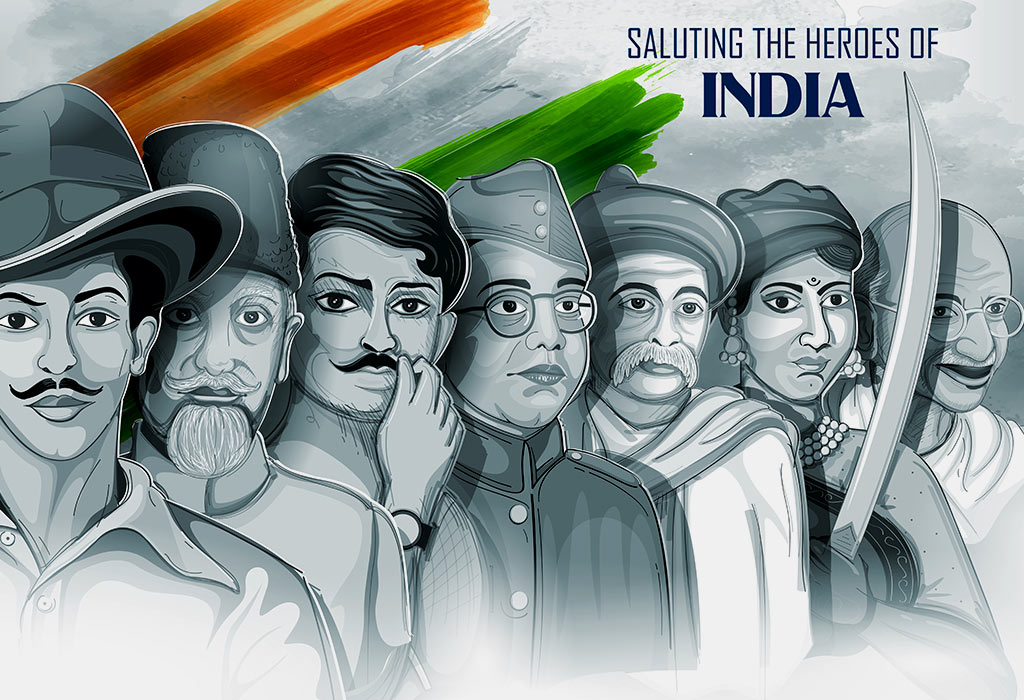
3. Famous Quotes
A quote can be summarised in a few words. Many of the freedom fighters have written motivational speeches that embody the dream of a great nation. Quotes taken from these speeches can help make a better speech by understanding what the leaders held in high regard. Not only should a few quotes be identified for use in your speech, but the context and meaning of these quotes should be understood and explained in their entirety. For example, Abraham Lincoln once said: “As I would not be a slave, so I would not be a master.” This expresses my idea of democracy”. This quote clearly signifies his idea of democracy and the aspirations of western-style democracy, precisely the same form of democracy that is also enshrined in the constitution of India.
4. The Value of Liberty
There are various voices in today’s India expressing varied opinions. Some voices take great pride in India being a modern democratic country, while others, disappointed with corruption perhaps, opine that British rule was better. It is important for your child to understand that different voices and opinions and criticism of the government are heard and accepted in true democracies. It is also important for your child to understand why a nation and its people should have a right to self-determination and have a body of representatives elected from amongst their own people for governance. A foreign power would ultimately be interested in the well being of its own nation. It is, therefore, important that powers which govern a nation should be in the hands of those who are of the people, from the people, and elected by the people.
5. Patriotic Values
If it wasn’t for the patriotism of the freedom fighters, we would perhaps never have our freedom. Patriotism is the attachment that one feels to his motherland, its people and its culture. A speech prepared without patriotic fervour would not inspire much in terms of an emotional attachment one feels for the nation and its people. Patriotism does not mean that the ills of society are blindly accepted; instead, patriotism is simply love for the nation and having faith that the values of the nation will eventually prevail. Your child must be patriotic and display an unreserved belief in the values of the nation.
6. Practice Sessions
Delivering a great speech often requires great practice. Motivate your child to memorise the speech, as it is better to speak from memory than to read from paper. Teach your child to stand straight, maintain his composure, emote, and speak in a firm unwavering tone. The child should be able to make eye contact with the audience and not stare blankly away from them. Several practice sessions may be required before the final day.
7. Content is King
The content of a speech is not only about how well the topic is covered. It is also important that the content in a speech is in keeping with the audience. An Independence Day speech prepared for servicemen would differ in content from a speech written for school students. Remember that this speech is written for an audience that includes teachers and fellow students. Students who would be entering adulthood in the near future, students who need to understand the importance of an independent nation, and students who need to understand their place and contributions towards the greater idea of nationhood. The content of your speech should be prepared by keeping the above in mind.
8. Content Flow and Timing
An Independence Day speech for a school would have a set time for the speech to be completed. Too short a speech would leave too little time to appropriate the necessary importance of this day. On the other hand, too long a speech would sound like a monologue. Content flow should be divided into sub-headings clearly having a start, a middle portion, and a conclusion. Once you have compiled a list of subheadings, begin writing content for each sub-heading, keeping in mind a predetermined time for each sub-heading. The set predetermined time limits for each sub-heading should total to the allotted time while leaving a few moments for closing statements.
9. Opening Address
The opening address of the speech should address teachers, fellow students, and guests of honour and explain the importance of Independence Day and the reason for coming together on this day. A reference should be made on the importance of Independence Day, its importance in 1947 and its relevance today. A brief explanation should also focus on the changing priorities of a growing nation, as its priorities were different in 1947 and they are different today.
10. The Vision and Aspirations of the Founding Fathers
The nation’s founding fathers yearned for independence because they envisioned a great nation and believed in the skills, aspirations, and collective potential of its people. We should cherish the memory of the founding fathers by aspiring to live up to the ideals they cherished in an independent India; ideals that included tolerance, democracy, equality, inclusiveness, and unity in diversity.
11. The Saga of Martyrdom and Sacrifice
Like all great struggles of mankind, the freedom struggle of India is rife with stories of untold sufferings, great courage, headstrong leaders, and pitched bloody battles. Mention should be made of the dauntless leadership and selfless sacrifices made by the nation’s greatest leaders on the rocky road to independence.
12. The Leadership of leaders
Pre-independence India was blessed with great leaders who inspired its people to dream of a glorious nation. Mention the names and sacrifices of great leaders and fighters all the way from the mutiny triggered by Mangal Pandey in 1857 to people like Bhagat Singh, Sukhdev and Rajguru, and the courage and resilience shown by later leaders like Subhash Chandra Bose, Sardar Patel, Khan Abdul Gaffar Khan, and many more.
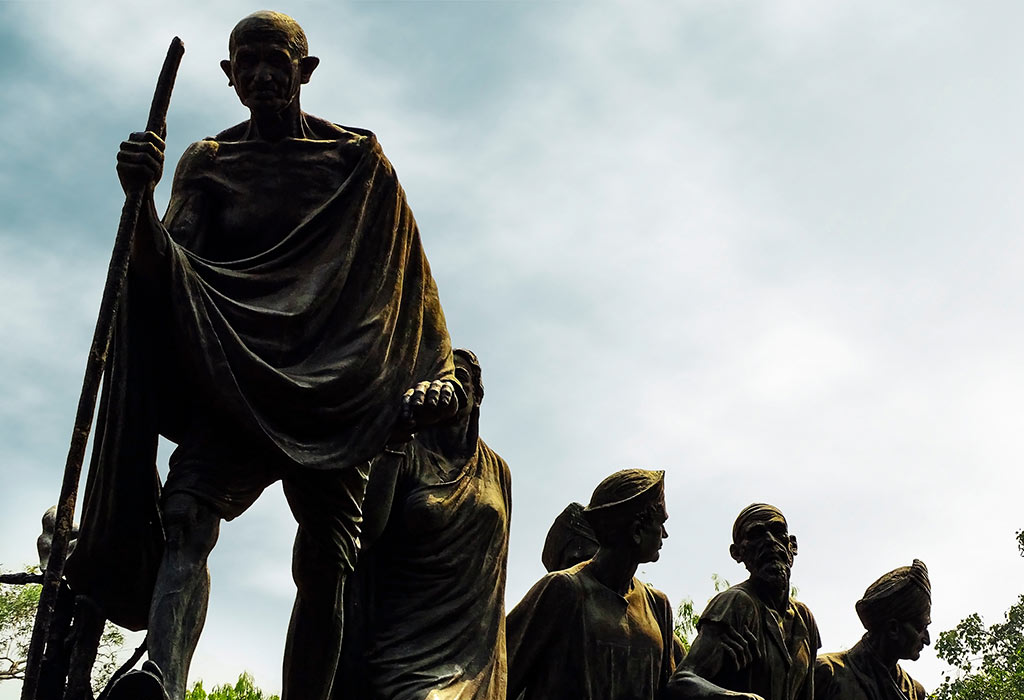
13. Landmark Events
There were various events that opened the eyes of the people of India to the brutal nature of the British Empire and the need for self- governance, and tragic events like the Jallianwala Bagh massacre, revolt of 1857, Partition of Bengal, which all left a scar on the Indian psyche. Other events that forced the British to eventually give up their hold like the Quit India Movement and The Non-Co-operation movement should also be mentioned in some detail.
14. India Today
The speech should also briefly cover the trials and tribulations facing modern India and what can be drawn from the rich heritage of India and the lessons learnt from the freedom struggle. Emphasis should also be given to the achievements made by the nation since independence. When the British finally left India, they were very sceptical for the survival of their former colony. India’s achievements left many in the west gobsmacked. Within fifty years of Independence, not only did India have a functional democracy but was also Nuclear power with a very active and successful nuclear and space programme; a feat equalled by only a few nations of the world.
15. Closing Statement and Conclusion
The closing statement must include a commitment to become ideal citizens and live up to the ideals enshrined in our constitution. A famous and inspirational quote from some great leader national or foreign leader regarding liberty, democracy or freedom would make a good closing statement. Tips to Prepare Your Child for an Independence Day Speech Help your child practice to deliver a great speech and also use the following tips to help build confidence. This can prepare him to face the gathering on the day.
1. Memorise the Speech
Coax your child to memorise the speech and practice it several times over. If your child can confidently deliver the speech without reading from a piece of paper he will appear more convincing and confident. Also, teach him a few techniques to overcome his stage fear if he has any of that, like staring at a distant object and the like.
2. Dress up your Child
Many of our leaders and freedom fighters had unique taste and choice in clothes. Some dressed very modestly, while others had a distinct style. Some styling cues can be taken from our leaders to dress your child in a way that would be reminiscent of great leaders from our past. Independence Day is a very important and significant day for India. If your child is selected to deliver a speech this day, it is a matter of great pride. Follow the tips above to prepare a suitable speech for this day.


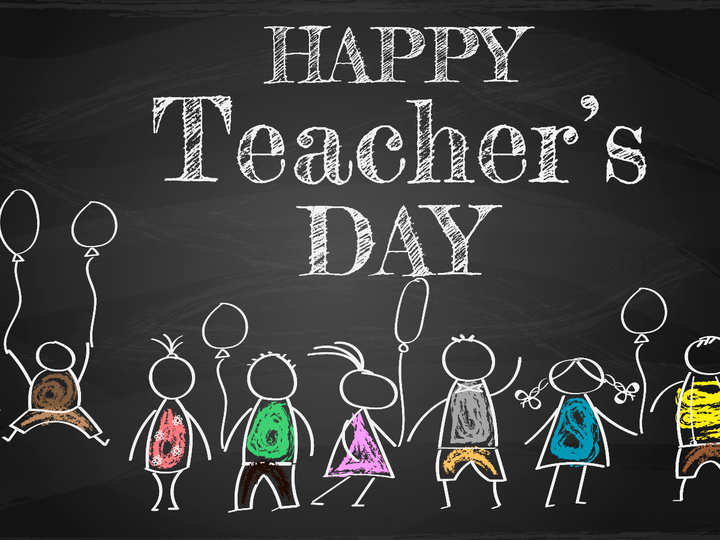
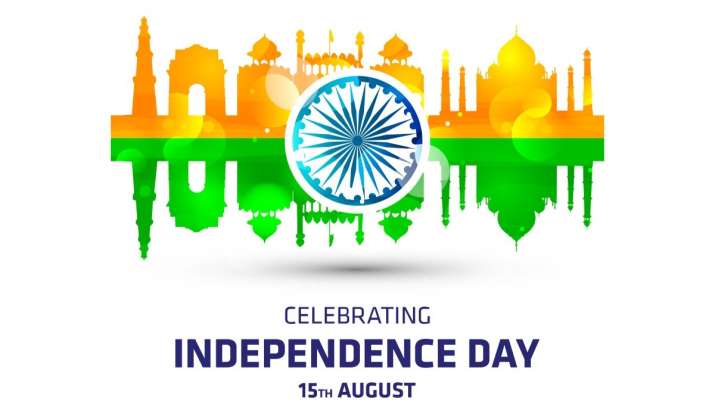


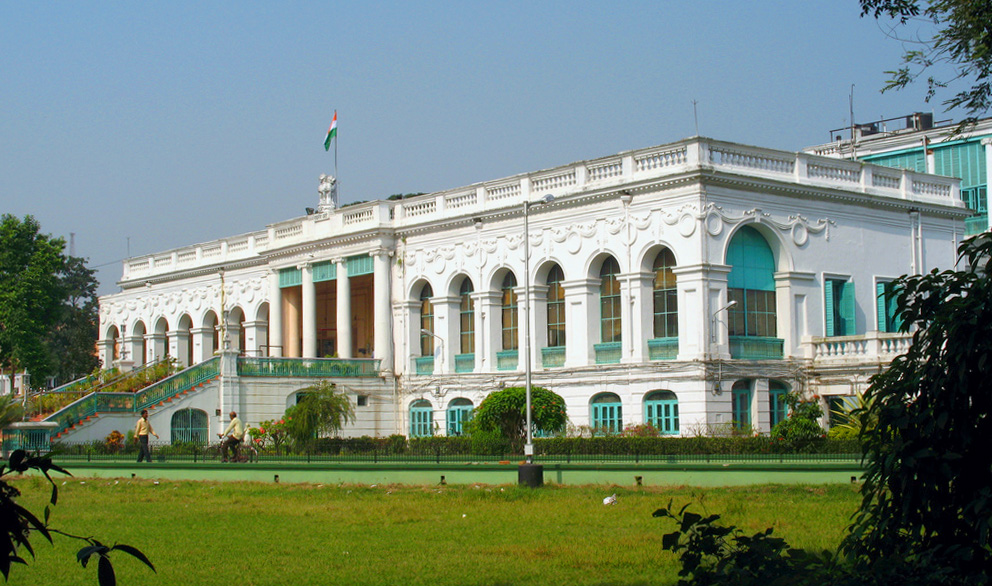

No comments:
Post a Comment